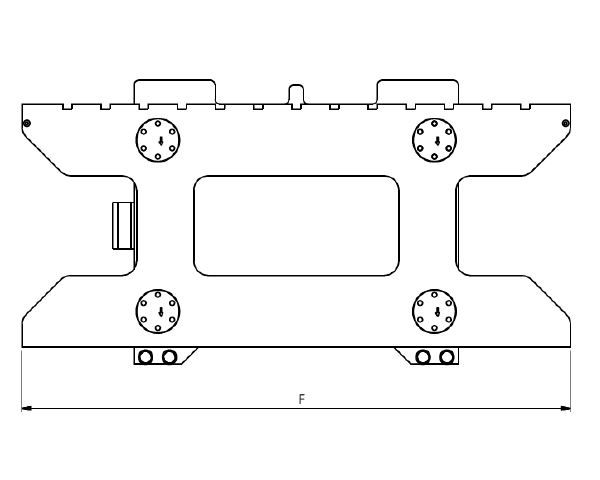WEIGHING FORK CARRIAGE WGT
Accuracy ±0.5% of the applied load
The weighing fork carriage should be fitted as a front-mounting device on the original fork carriage of the forklift. As an alternative, the weighing fork carriage can be integrated directly into the lifting frame. The weight and load offset dimension of the original fork carriage would then be saved, resulting in a better residual load bearing capacity of the stacker. The advantage of the weighing fork carriage is that the standard fork tines or attachments can be mounted.
Features
- Robust design with optimum visibility
- Front-mounted version or hanger integrated into the lifting frame
- Higher weighing accuracy
- Signal transfer is implemented via spiral cable as standard (or by radio or mast cable).

 Produktblad her
Produktblad her







